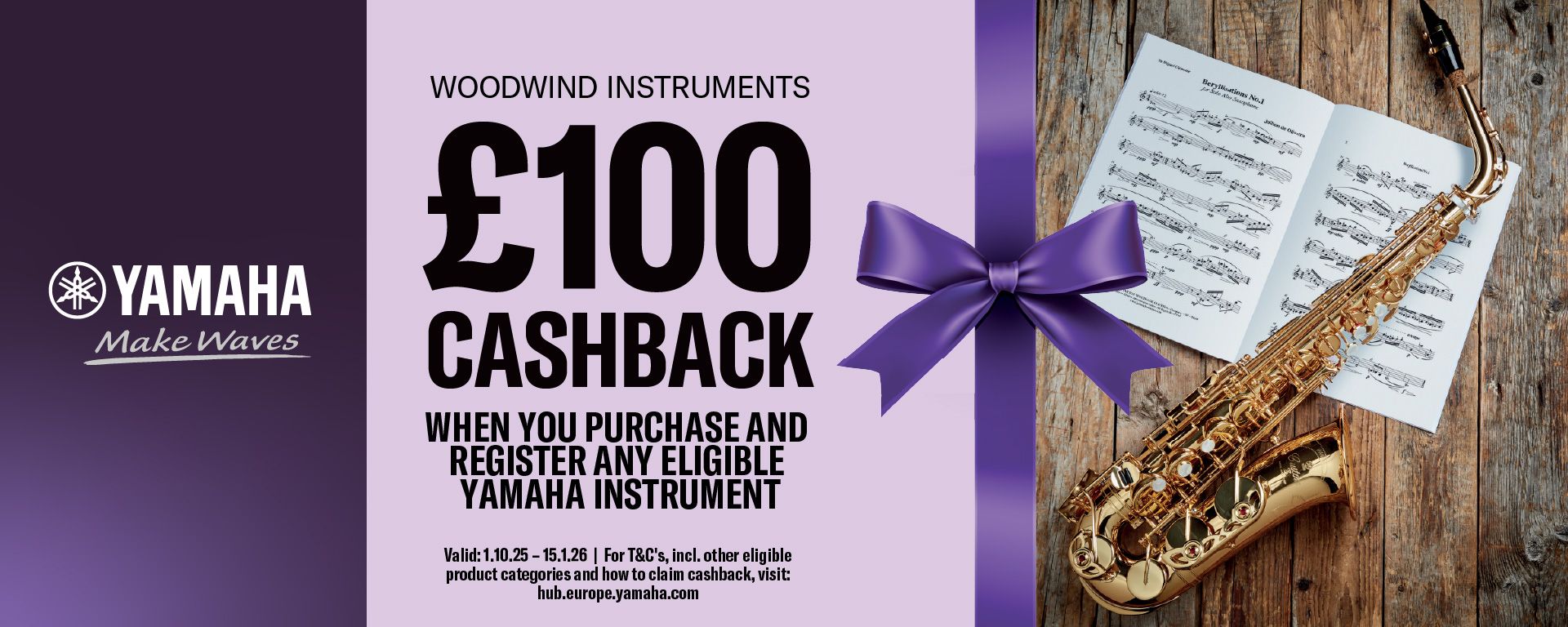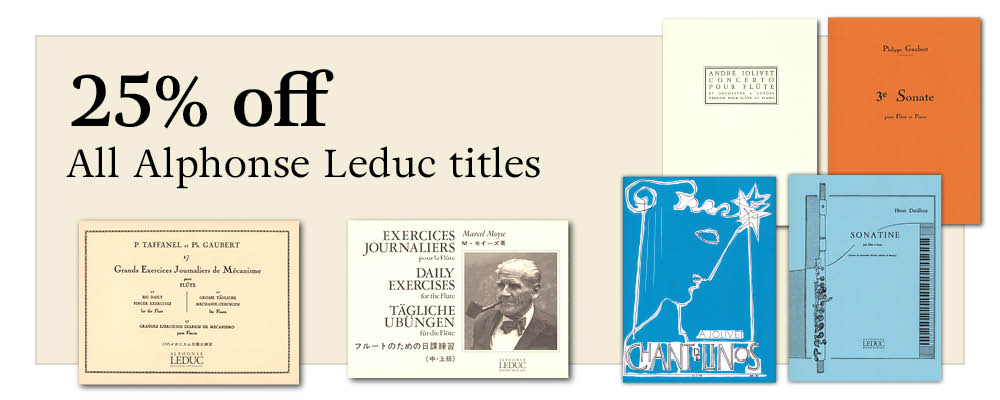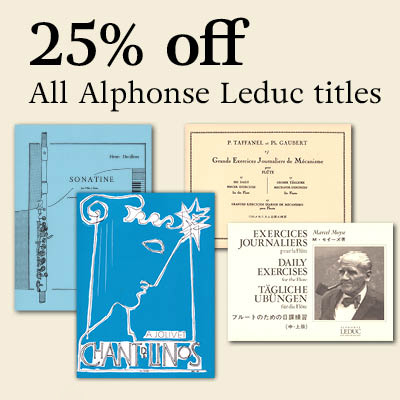Two Songs Upon a Ground for Soprano Voice, Two Flutes/Treble Recorders and Basso Continuo
- Highly recommended
From the Publisher
John Weldon (1676–1736) was trained in Eton by the organist John Walton. From 1693, he studied with Henry Purcell and was appointed organist of New College in Oxford in 1694. In 1700, Weldon won first prize in a composition competition for the best setting of the masque "The Judgement of Paris" and surpassed his rivals Daniel Purcell, Gottfried Finger and John Eccles. In 1701, this work was performed with great success in the Dorset Gardens Theatre in London. In 1708, Weldon succeeded John Blow as organist of the Chapel Royal; in 1714, he was appointed organist of St. Martin-in-the-Fields. Of his compositions, anthems, odes, sacred and secular songs, theatre songs and several instrumental works have been preserved.
The two songs presented here were taken from a printed score entitled:
Mr. | Weldons | Third Book of | SONGS |
Begining with single SONGS |
Perform'd at the Consorts in |
York Buildings and at ye Theatres |
as also Symphony Songs | for Violins and Flutes |
never before Publish'd | Carefully Corrected |
by ye Author | London (...) I: Walsh [1703]
Held in the British Library London, shelf mark G 301 a (RISM A/I/9 W 633).
Both songs are traditional English grounds with an underlying melody in the bass, which recurs several times and in different registers. The text of the song "Peace, babbling Muse!" was written by the English poet and politician Edmund Waller (1606–1687); the author of "In vain, we say" is unknown. The songs are inspired by the style of Weldon's teacher, Henry Purcell.
The annotation Sung by Mrs Linsey indicates that the voice part is intended for a female voice. The recorder parts are marked First Flute and Second Flute. No specific instrumentation is indicated for the Ground Bass. In bars 114–117 of "Peace, babbling Muse!", the bass is divided into a lively upper part and a lower part consisting of longer notes. If the basso continuo is performed on a harpsichord and a bass instrument (e. g. viola da gamba or violoncello), it sounds best if the bass instrument plays the lower part, whereas, if an organ is used, the bass instrument can equally well play the upper part. If no additional bass instrument is available, the keyboard instrument must play both bass parts.
The text of the work is reproduced in contemporary orthography. Added legato slurs are marked in the score as dotted lines. The realisation of the basso continuo is a suggestion by the editor which can be modified by improvisation at will.
Translation: Catherine Taylor
Ilshofen, April 2020, Peter Thalheimer
Movements
- Peace, babbling Muse!
- In vain we say
Item Details
Our Stock Code: 1497656Instrumentation
- Part 1: Voice - Soprano
- Part 2: Flute or Treble Recorder
- Part 3: Flute or Treble Recorder
- Part 4: Basso continuo
Category: Music for Flute and Soprano Voice
Publisher: Girolamo Musikverlag
Publisher's reference: G 11.016
Media Type: Paperback - Score and parts (30 pages [score])
Country of Origin: Germany
HS Code: 49040000



